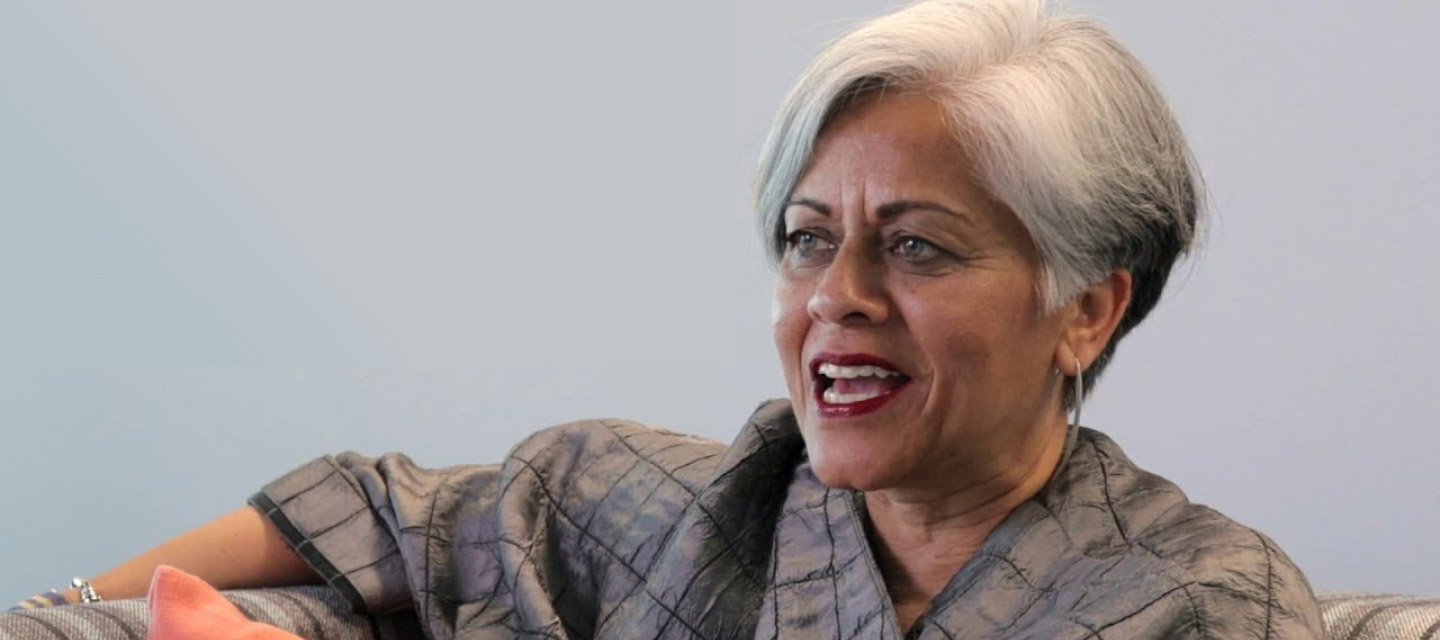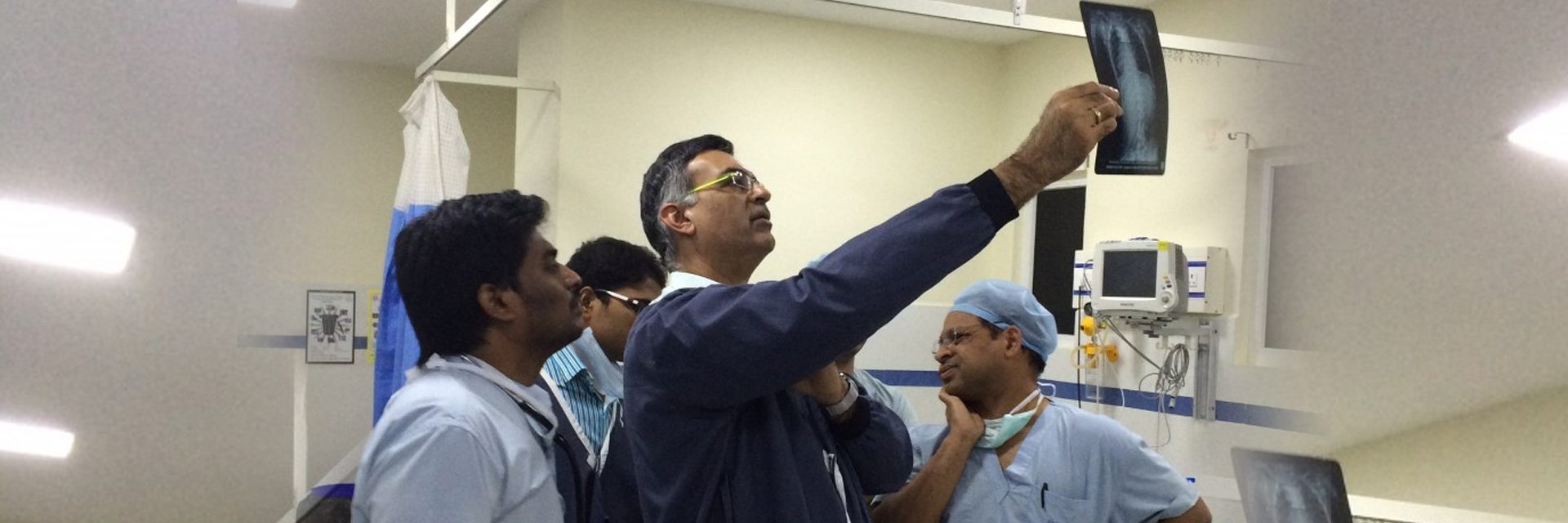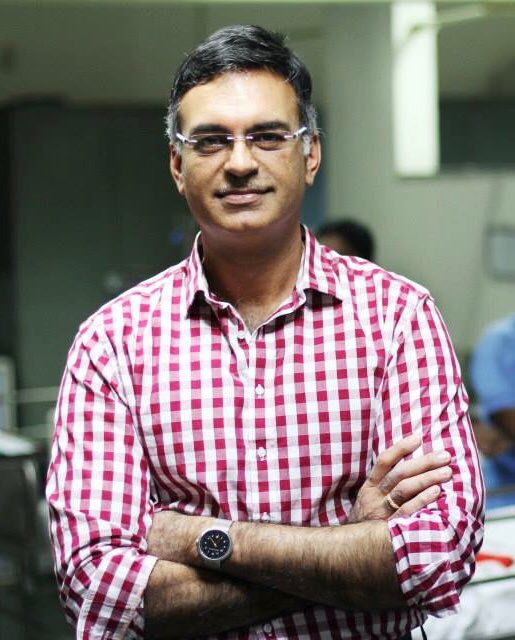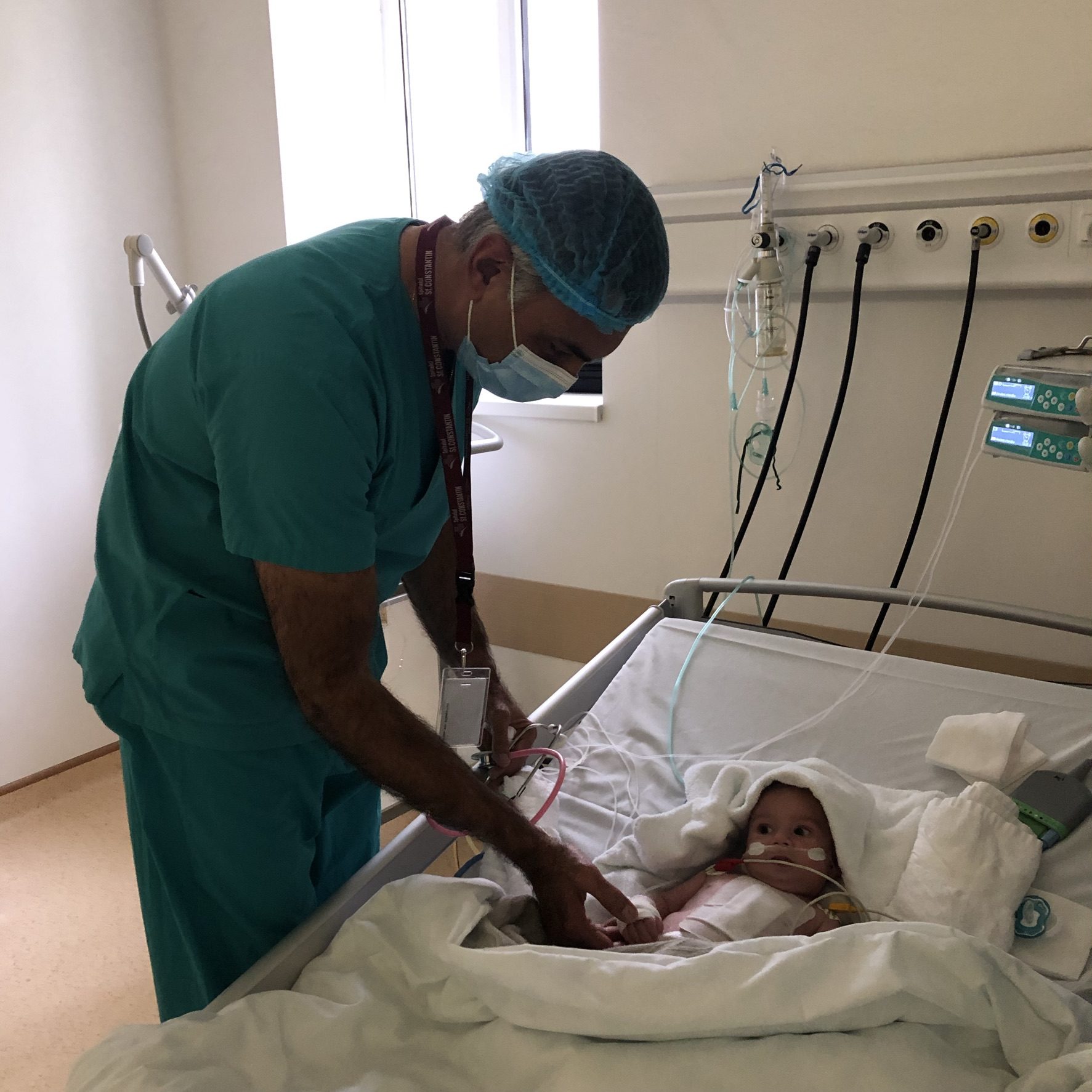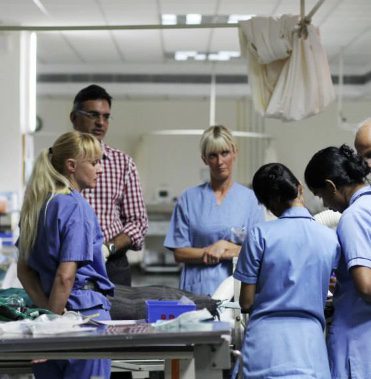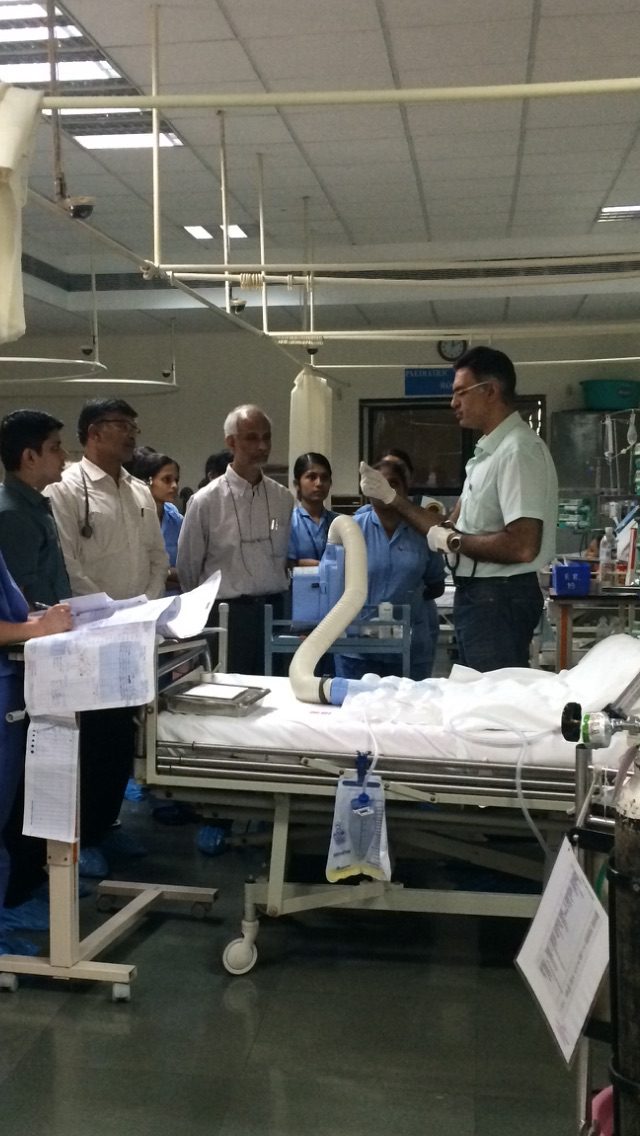From sattvik food during the month of Shravan, to seasonal ingredients and reviving long-forgotten recipes, find out how Pinky Chandan Dixit transformed Soam into South Mumbai’s go-to-restaurant.
(January 7, 2024) If one wants to see the hand of destiny at play, they only have to follow the career trajectory of Pinky Chandan Dixit. It would seem like she was born to be in the food business. The founder of the uber-successful restaurant called Soam, at Babulnath in South Mumbai, Pinky has revived ancient recipes, predominantly from Gujarat, Kutch, and Rajasthan; with a generous sprinkling of pan-India favourites. Practically every Michelin star chef, from Vikas Khanna to Manu Tevar, Daniel Humm of Madison Park, New York, and Gary Mehigan of MasterChef Australia fame, dines at her restaurant. As do bigwigs like ex-Minister Praful Patel and his wife, Farokh Abdullah, and Vir Sanghvi, the food critic and writer.
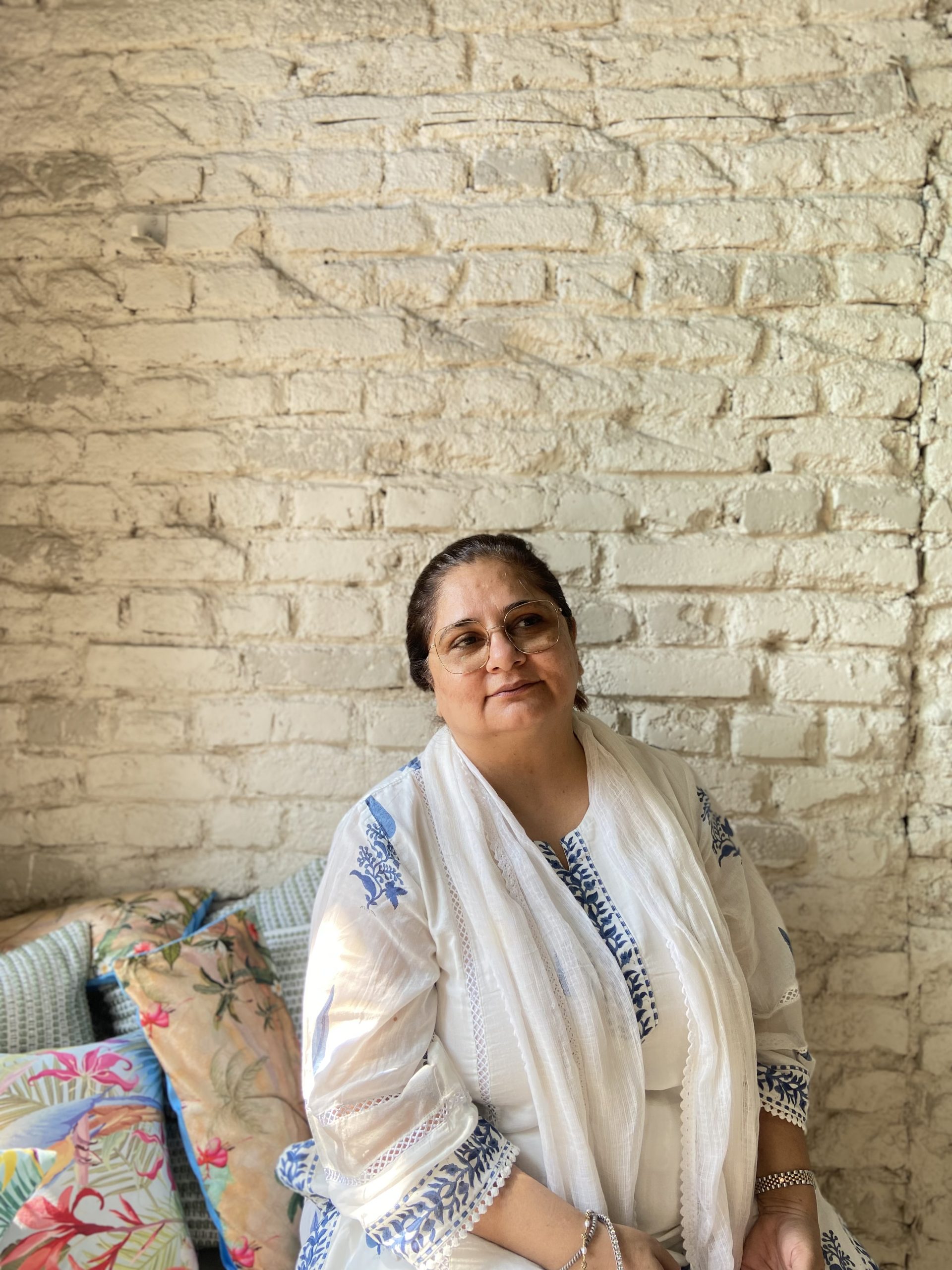
Pinky Chandan Dixit
Recently, Soam also hosted the entire Australian cricket team after their World Cup victory. In fact, when Pinky spots a cavalcade of fancy cars parked outside, she knows that someone famous is having a meal at the restaurant. Soam is also a winner of several awards across the years in the best vegetarian restaurant category awarded by publications and other food-related initiatives.
Directions from Childhood
Born to an architect father and a chemical engineer mother, Pinky’s parents were advised to move to a place with drier weather as she was born with a lung issue that affected her health. Her parents serendipitously ended up buying Fountain Hotel in Mahabaleshwar, a hill station near Mumbai.
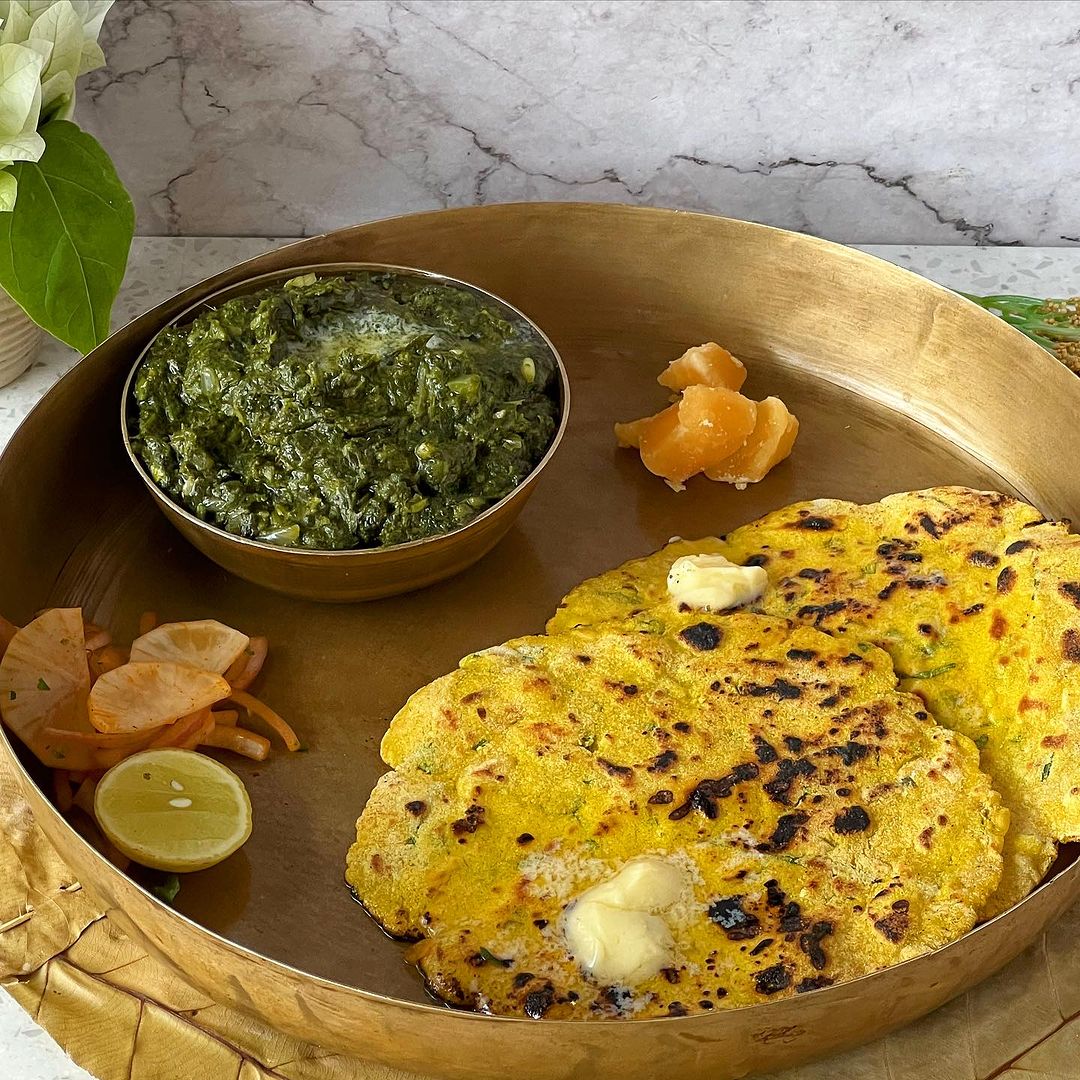
Sarson ka saag and makke ki roti
In an exclusive with Global Indian, Pinky says, “I saw my parents work at the hotel, and I had mixed emotions about it. I knew I was not cut out for a desk job and nor did I want to get married and make chapatis. After getting my degree in Hotel Management at Sophia College, I went to Cordon Bleu in London for a diploma in pastry arts. Classes were held only three days a week so I worked as an intern at The Langham Hilton for the remaining three days.”
View this post on Instagram
On her return, Pinky wanted to start a bakery where Soam currently stands. Her father had started a restaurant there which had closed down due to staff issues. He wanted her to help at the hotel instead. “I worked there for four years from 1992-95, on its upgrade and conferencing facilities. Then the Federation of Hotels and Restaurants Association of India, announced five scholarships for those who had been in the hospitality business and had experience. I applied and cleared the test. It was a three-month programme at Cornell University. After I finished the course, I wanted to complement the learning I had got with practical experience. I interned with the Hampton Inn in Orlando, Florida. I learnt a lot with that course and the internship.”
The Start of Soam
On her return, Pinky did not want to rejoin her father’s business. Instead, she teamed up with the legendary Tarla Dalal and worked as her researcher in the test kitchen. Pinky recalls, “From 1997-2004, I worked in Mrs Dalal’s test kitchen, where I would help create the recipes, prepare and shoot them. I also co-wrote the various articles she contributed across publications.”
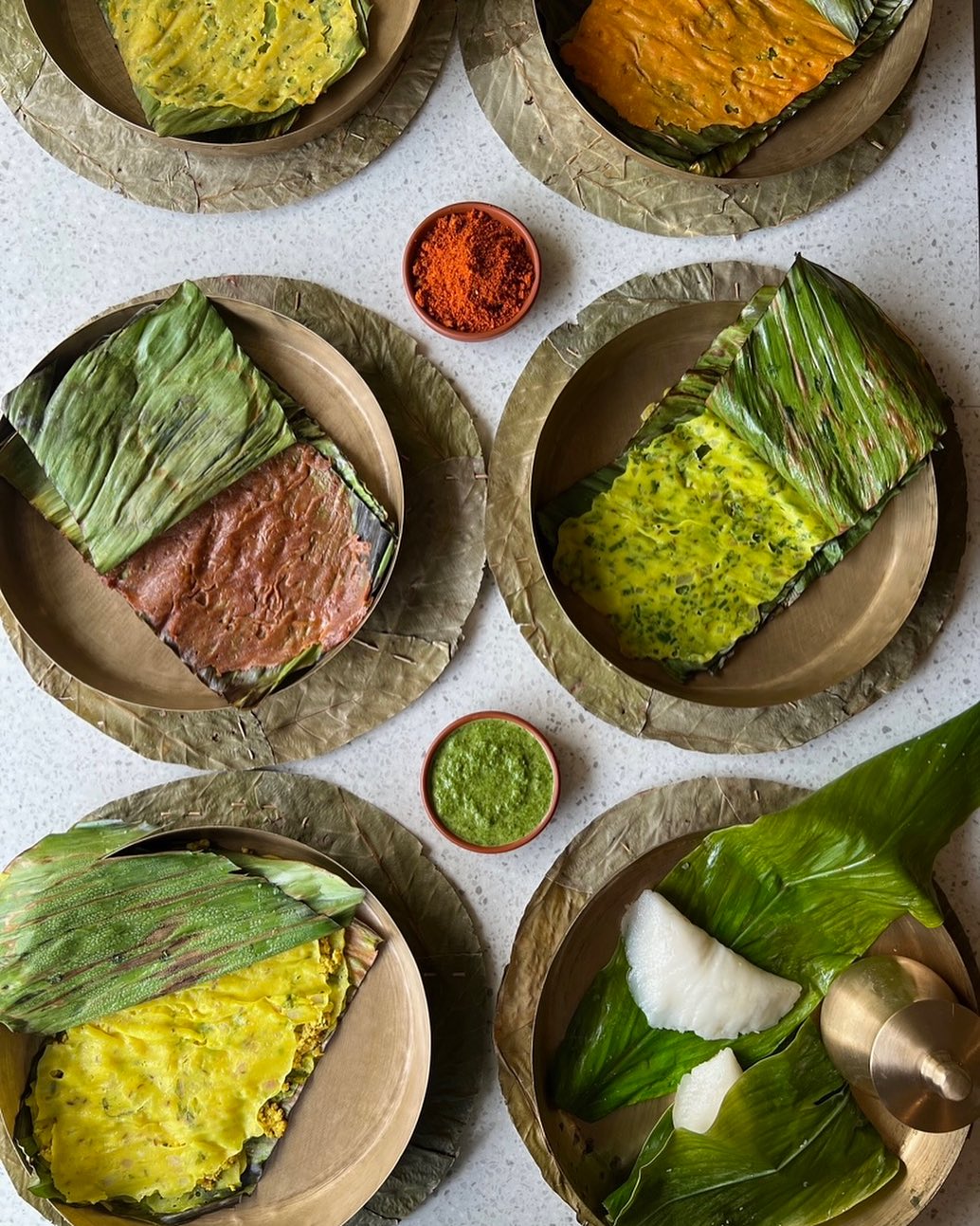
Paanki Feast
Pinky got married to Aseem Dixit in 1999; he is also a foodpreneur who owns and operates Wraps and Rolls, a QSR and kiosk model food business. In 2004, she teamed up with her younger brother Gaurav to start Soam, with a loan from their father which they repaid in three years. Their father remains a partner and mentor to his children. They decided on the name ‘Soam’, inspired by ‘Som Ras’, the nectar of the Gods.
With her brother handling the finances and operations, Pinky says, “We started in April 2005, with a small offering of dishes. I wanted to serve food with a lower carbon footprint, cooked the way one would at home and seasonal. It had to be the kind you didn’t mind eating even thrice a week because you didn’t feel like cooking.” Guests came forward with their recipes too, which made it to the menu. Pinky also met Rushina Munshaw Ghildiyal, whom who wanted to do something with the food of the Bhatia community. Today, Rushina and I share a very warm friendship. She has inspired a lot of ideas and I call her my fairy godmother.”
Ancient to Contemporary
Soam serves dishes in kansa or bronze flatware, as eating food placed on this metal is considered to be good for health. The décor is contemporary and inviting, and the kind of place where four generations can come and have a meal together. Soam was also the first restaurant to start a pre-plated thali kind of meal with interesting combinations. The very extensive menu sees seasonal additions practically every month. Pinky reveals, “From the old-fashioned handvo to khichu and dal dhokli, paanki [rice flour mixed with several condiments steamed in a banana leaf] in 12 flavours to seasonal foods like faraal [food consumed while keeping a fast] during Shravan, bhajjiyas in the monsoons, khichdi varieties and undhiyu in winter, mango-based dishes and salads in summer, Soam has a wide menu. There is also the dhebra – a little-known crisp puri made from bajra and fenugreek – and had as a snack mostly.”
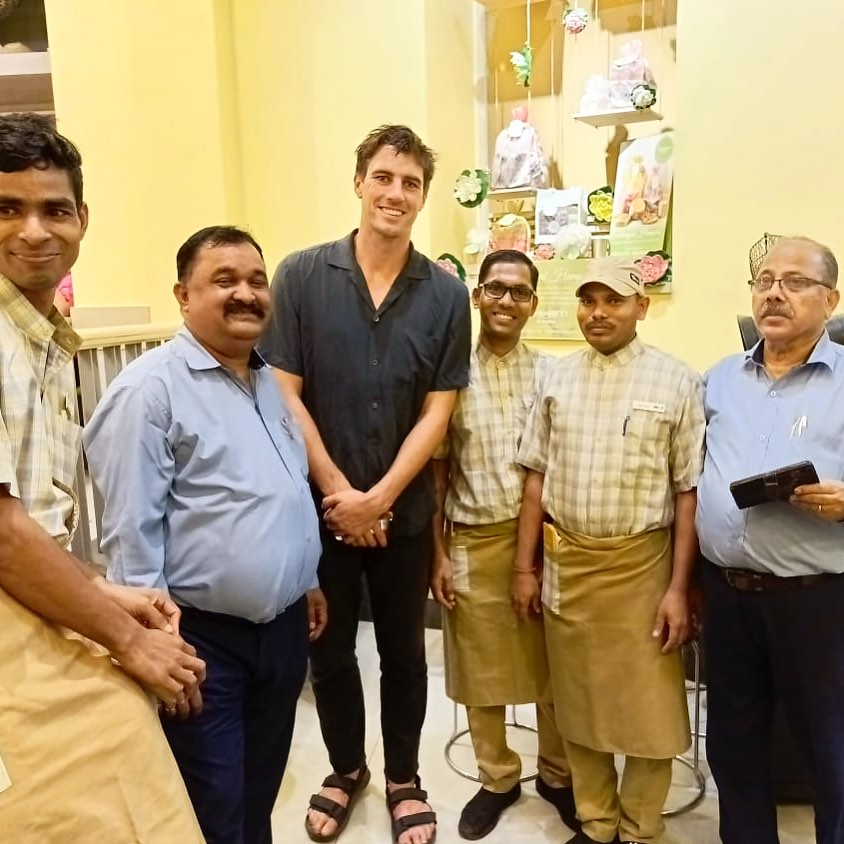
Australian cricket captain Pat Cummins at the restaurant
Even the ingredients are chosen with care. The millets and grains for the flour are sourced from a wholesaler in Null Bazar and then ground in-house. The pure ghee comes from Kutch where Pinky hails from; and pickles, chutneys, masalas, etc. from local women’s groups and NGOs. Besides the predominantly Gujarati, Kutchi, and Rajasthani cuisine, a smattering of signature dishes from other parts of India too make their way to the menu, notably, a dozen differently-styled khichdis from across states. Soam serves ponk – green jowar/sorghum which is a Gujarati specialty. She has used this nutritious ingredient in various avatars like bhel, khichu, and in a kheer with makhanas added! Millets are used liberally all through the year.
View this post on Instagram
Pinky likes to innovate too and some of their star items are the jowar pita pocket with green pea falafel and coleslaw made with hung curd, as well as the samosa with spinach and cheese stuffing. Purple yam, Colocasia leaves, the entire millet family and even a satpadi – a seven-layered roti cooked Rajasthani style with pickle masala are on the menu. What heartens Pinky is that four generations of a family can dine here and make memories; a lot of senior citizens choose Soam to bring in a milestone birthday and her team of chefs who have been with her since inception are still here. “We started with 12 chefs cooking for us, today we have 30 in the kitchen. Our entire staff is about 60 including the wait staff, valets, and others.”
Soaring with Soam
When they began, Pinky was 29 and her brother only 21 and she laughs, recalling that nobody took them seriously. “Whether it was labour or suppliers, no one would listen to us or take us seriously.” That wasn’t the only challenge – the food they made was inconsistent and their younger sister, Shital, came to do the tasting. Food was going to waste too as the quantities were not well-defined. “We don’t believe in refrigerating leftovers so we would give them away. Then my father told us that we should focus on getting the food right and the restaurant up and running so that guests enjoyed what they ate and returned,” Pinky says.
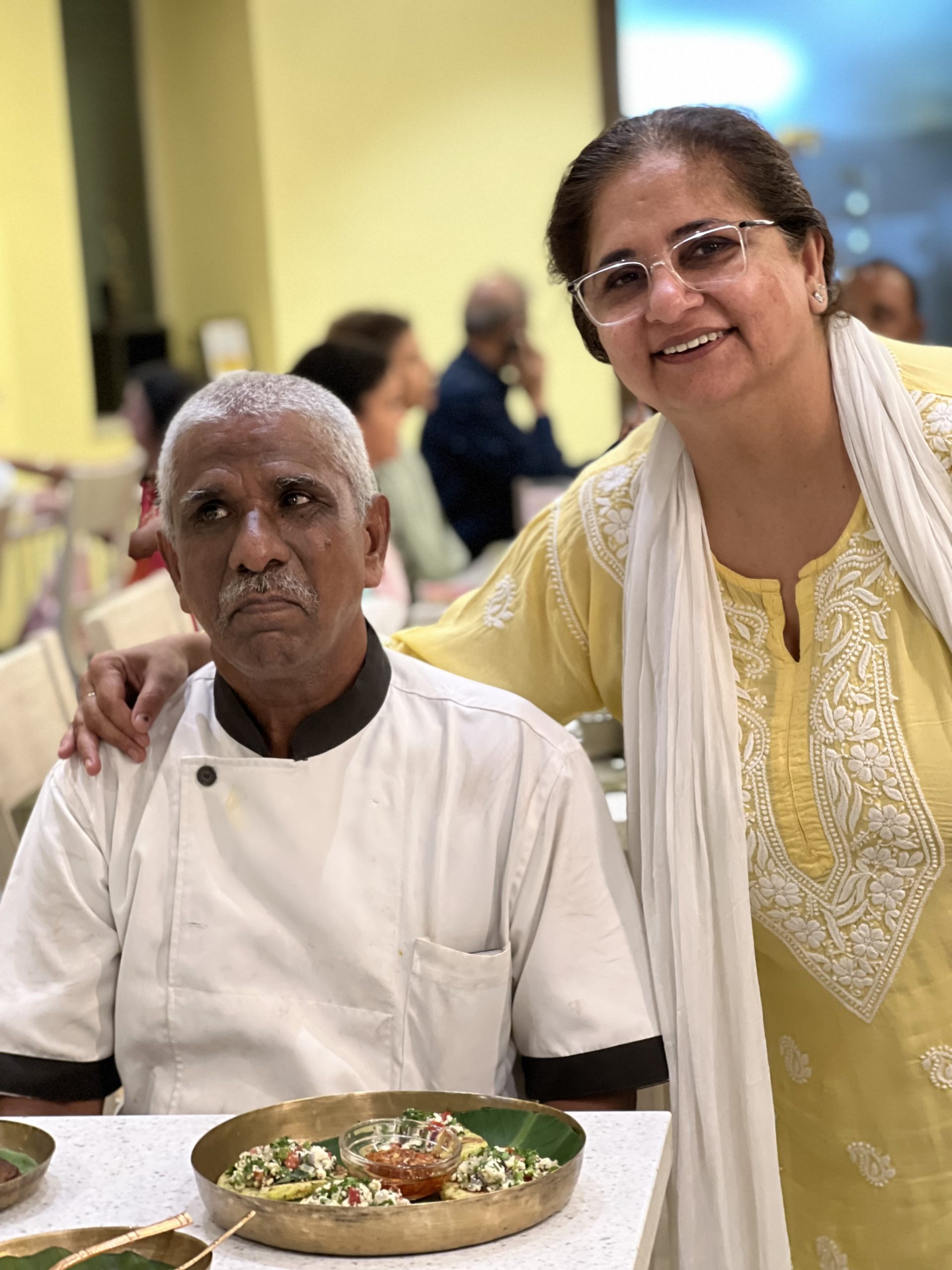
Today, the place works on auto-pilot and the entire staff eats at Soam. They also take on outdoor catering for events like weddings and have a range of food items like biscuits, pickles etc. under the brand name Soam at Home.
Pinky spoke to Global Indian on the eve of launching a new restaurant two buildings away from Soam. Named Aamchee or ‘ours’ in Marathi, it resonates with the way Mumbaikars refer to their city – aamchi Mumbai. The food and décor will echo that of the various clubs like CCI and Willingdon Club etc. She has launched this restaurant with her husband and is looking forward to the experiences it will bring.
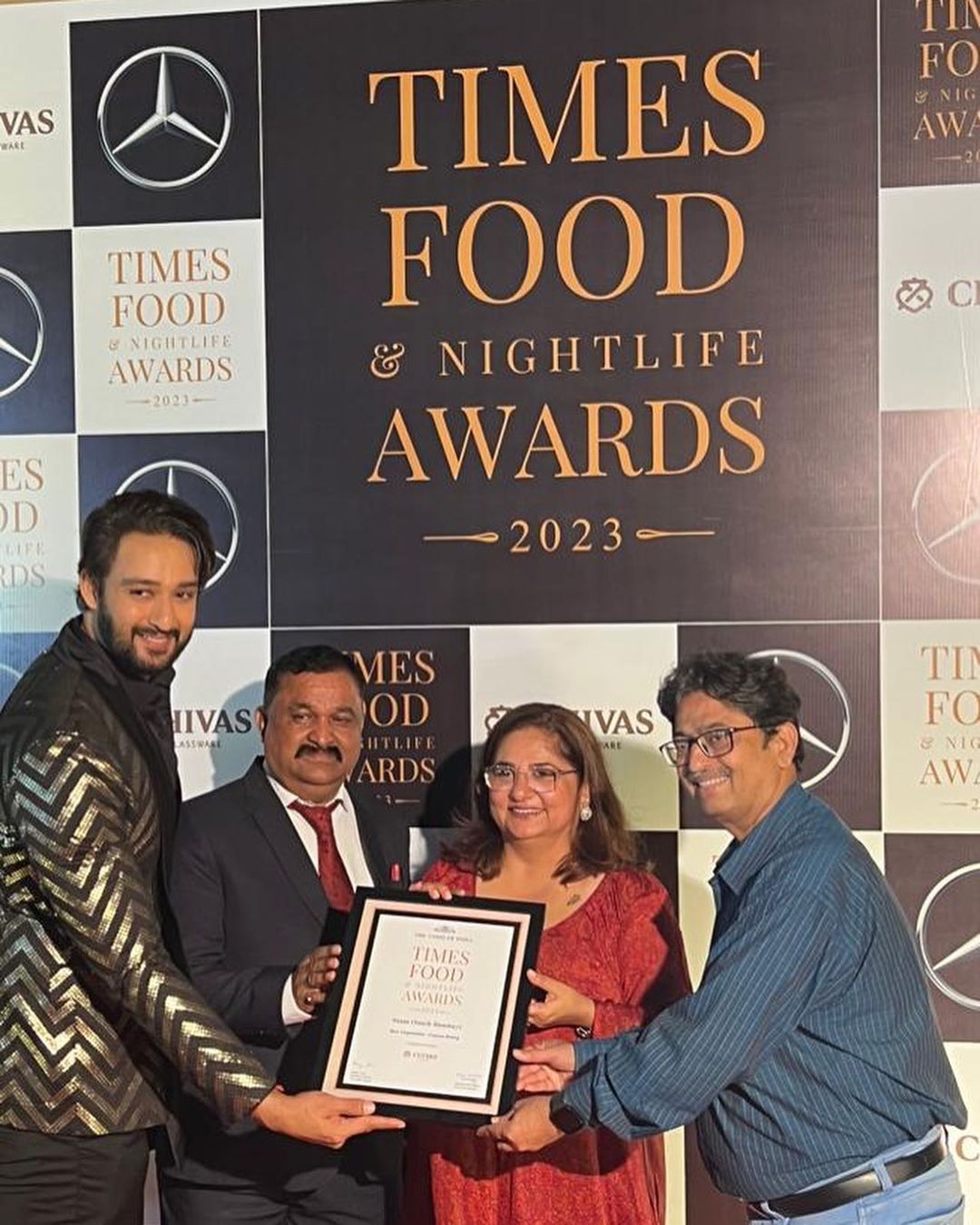
As for global food trends, Pinky believes that home-style cooking which is as close to what your mama made for you, is gaining popularity. “That’s because people are not cooking as much as they used to and we offer food that reminds them of home.”
For Soam’s milestone 21st year, which is a couple of years away, Pinky plans to celebrate by launching a cookbook of her own. Till then, it is all about feeding people much-loved comfort food in a traditional way for this restaurateur.
- Follow Soam on Instagram

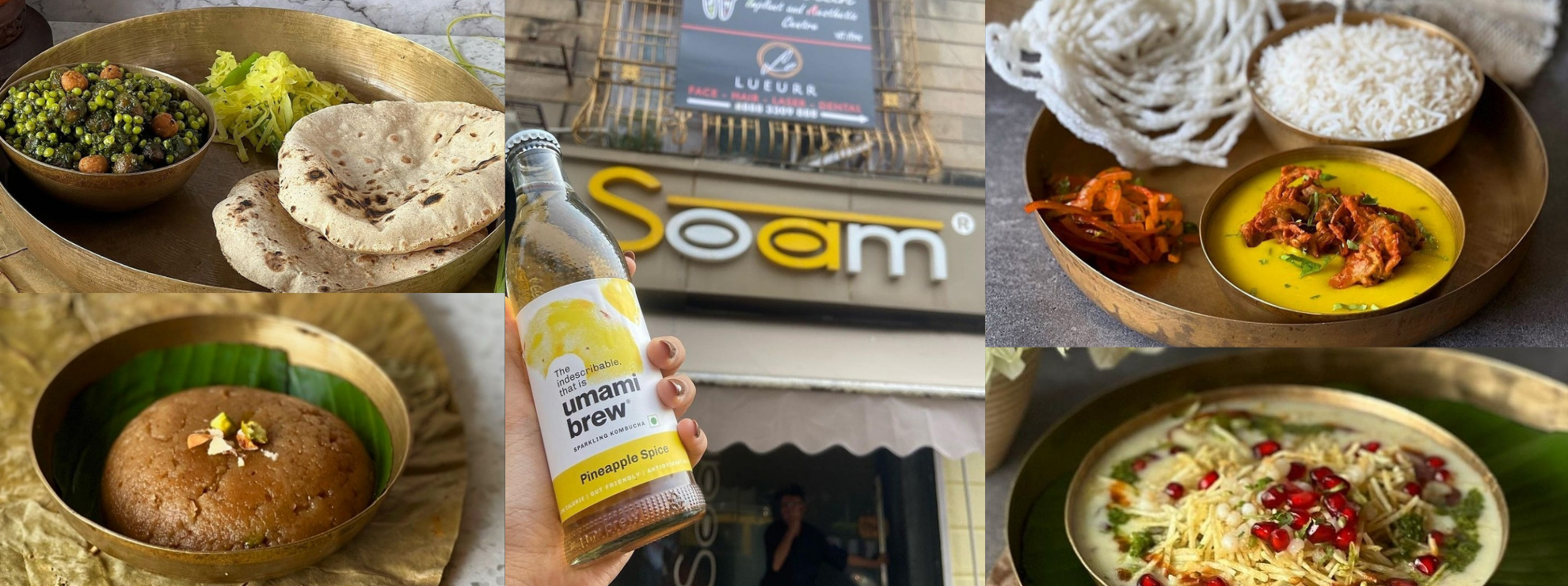

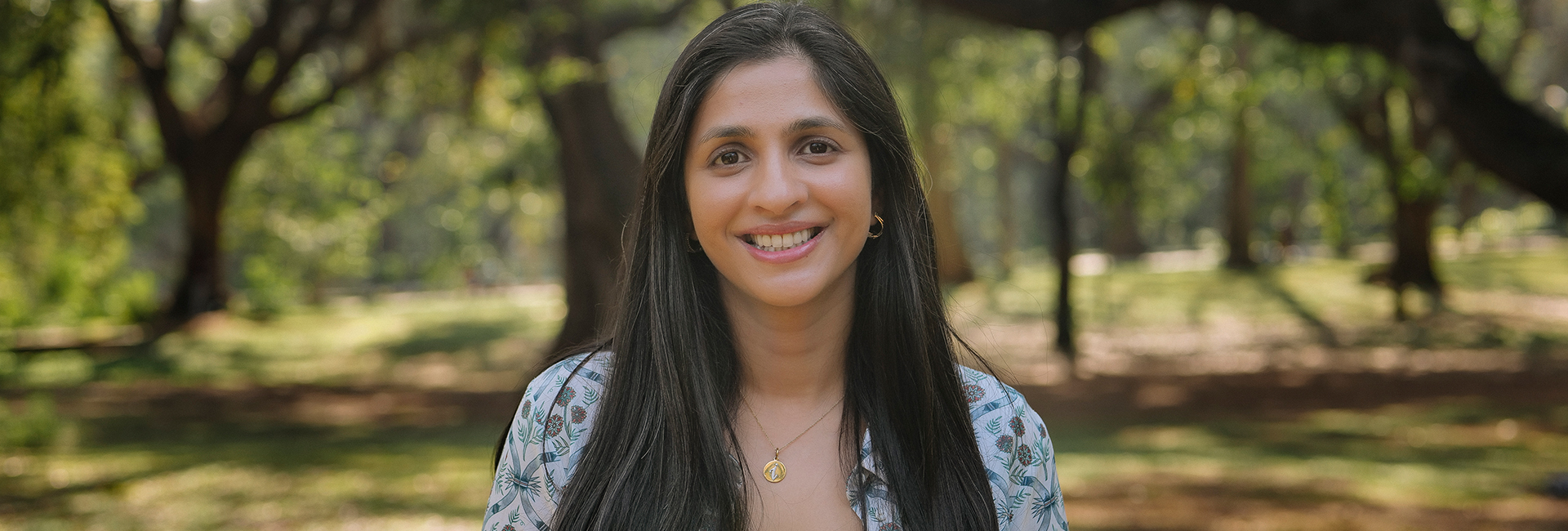
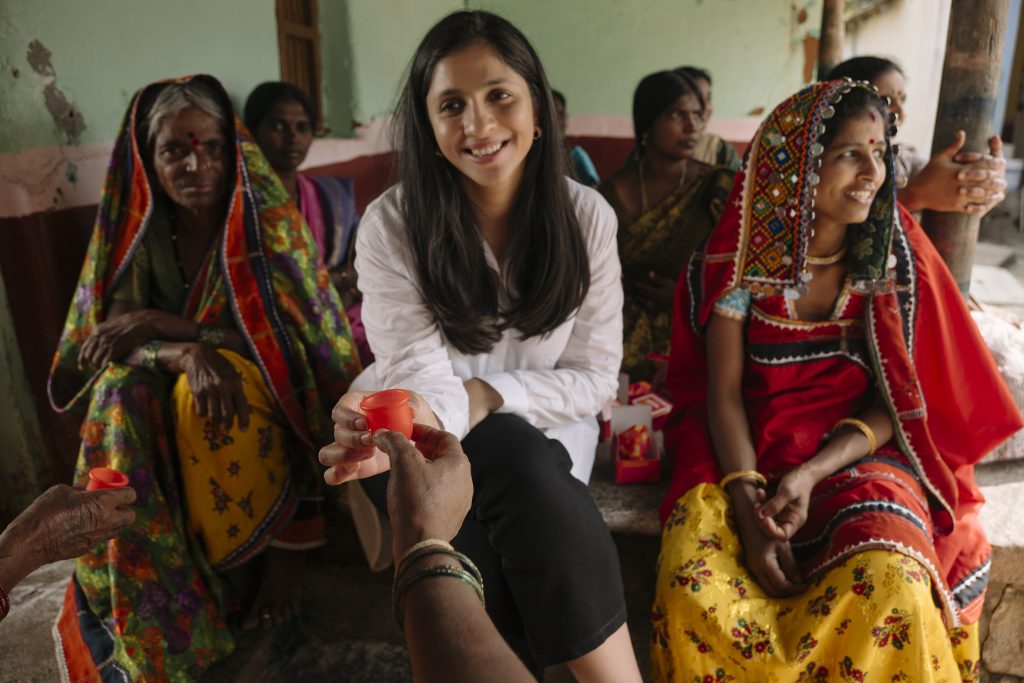 Ira Guha[/caption]
Ira Guha[/caption]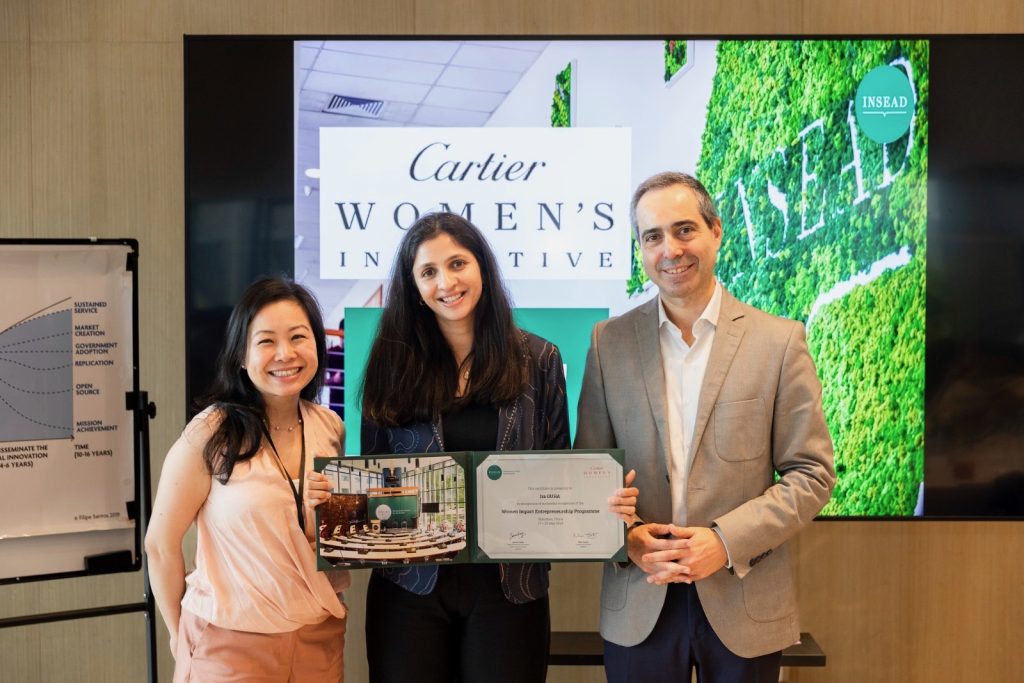
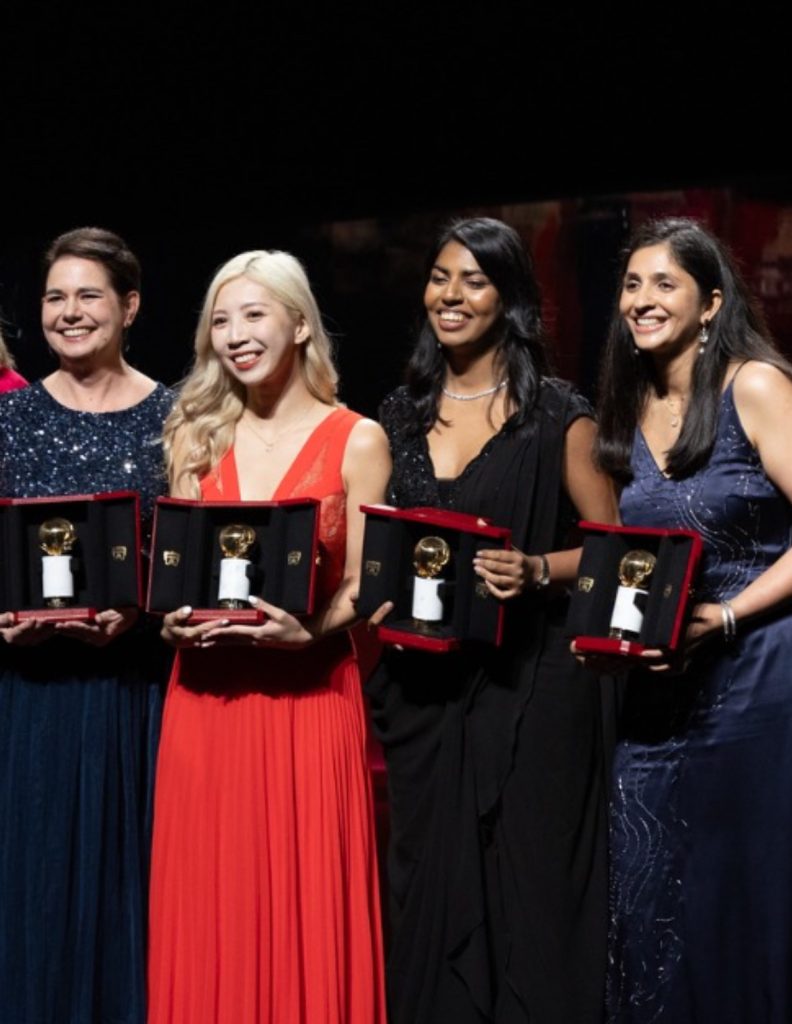

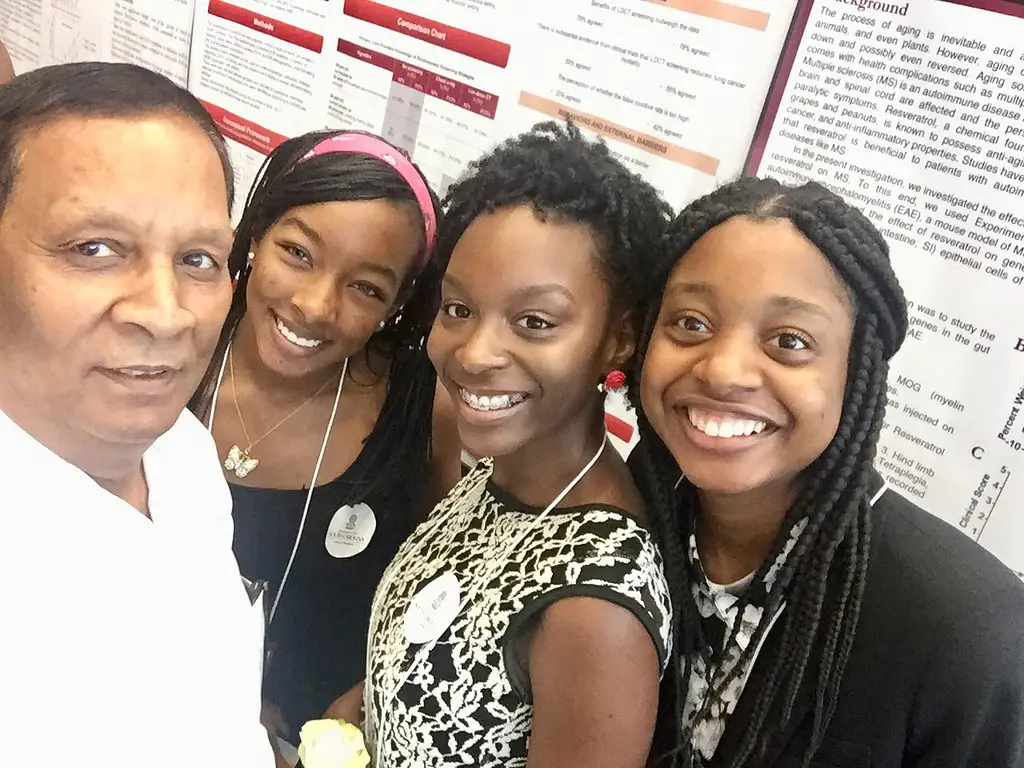 Dr Narendra Prasad Singh with his mentees[/caption]
Dr Narendra Prasad Singh with his mentees[/caption]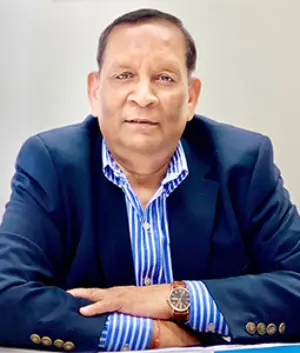 Dr Narendra Prasad Singh[/caption]
Dr Narendra Prasad Singh[/caption]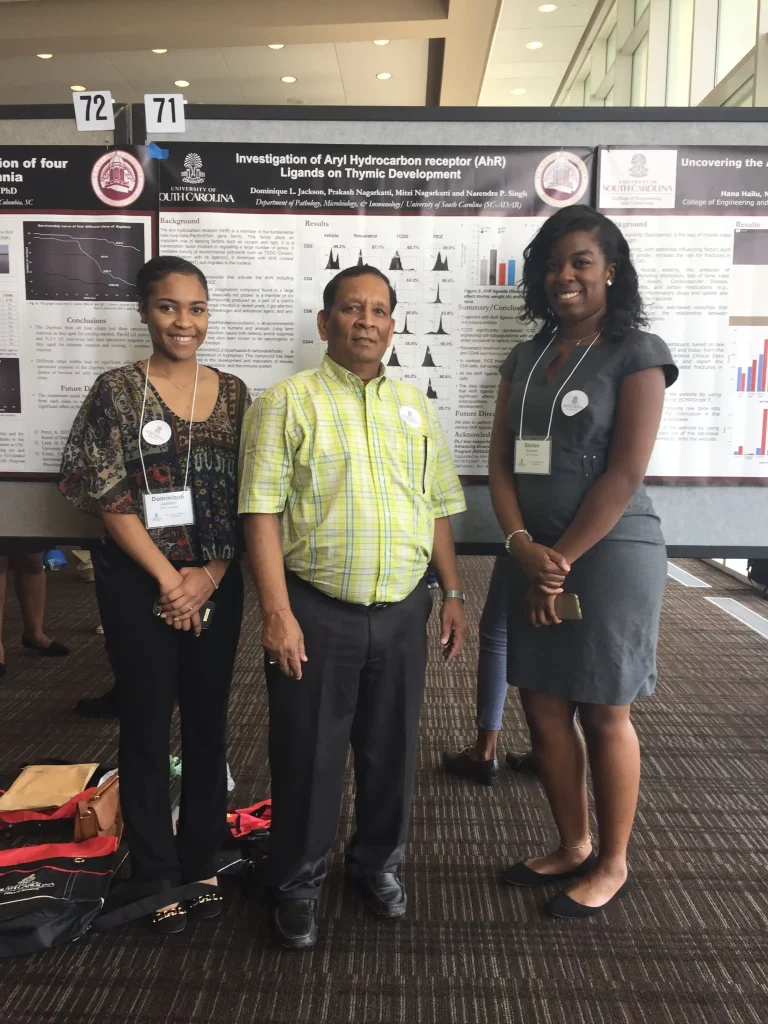 Dr Narendra Prasad Singh with his mentees[/caption]
Dr Narendra Prasad Singh with his mentees[/caption]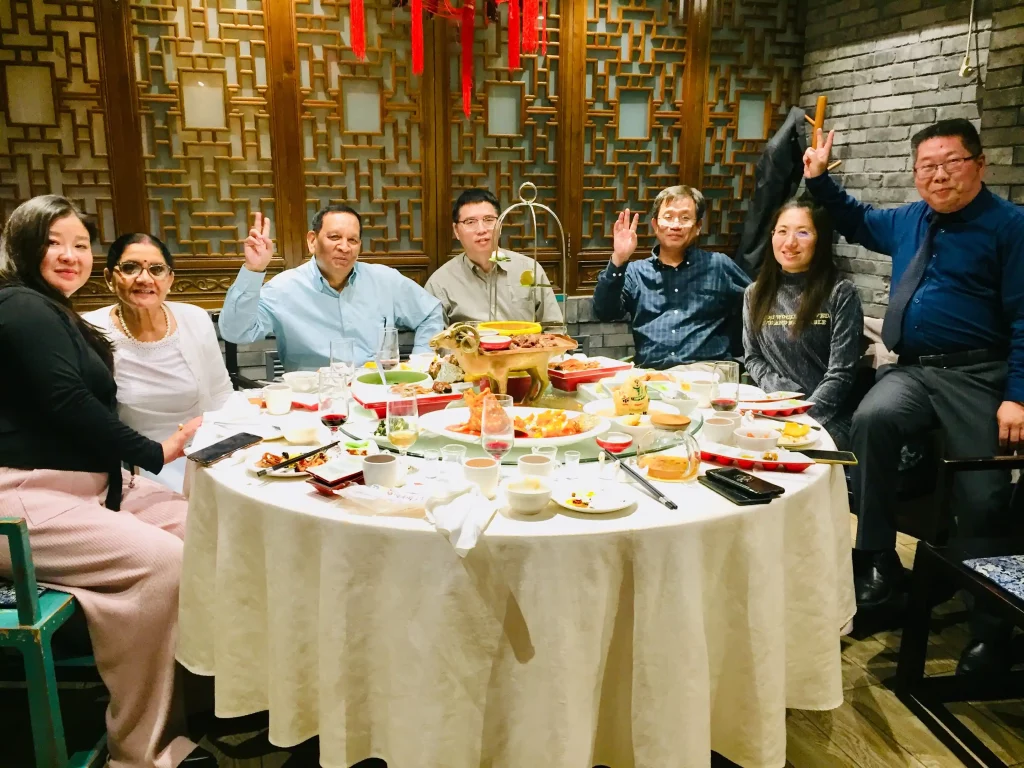 Dr Narendra Prasad Singh during a visit to China in 2019[/caption]
Dr Narendra Prasad Singh during a visit to China in 2019[/caption]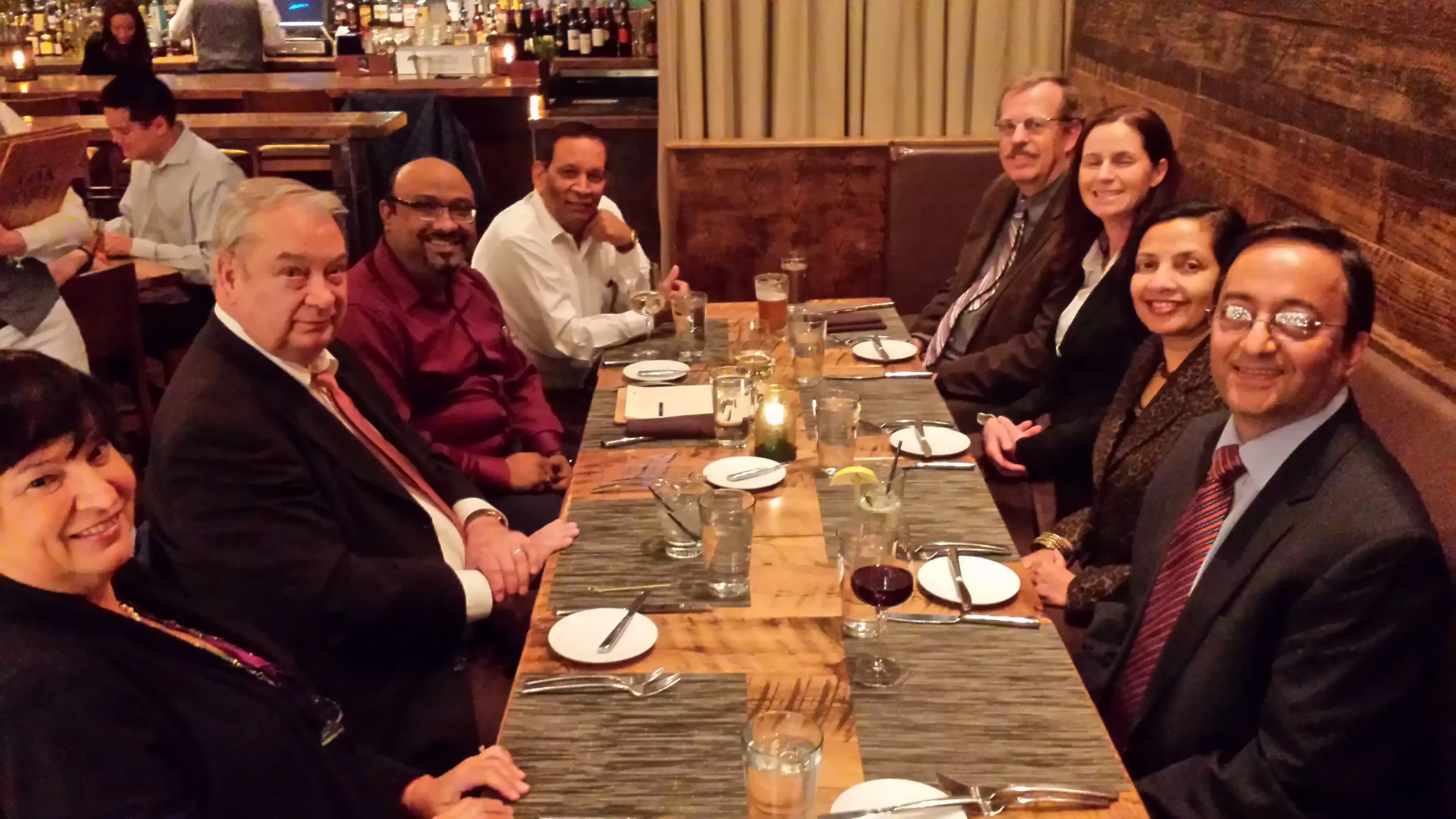 Dr Narendra Prasad Singh in a get-together with a nobel laureate[/caption]
Dr Narendra Prasad Singh in a get-together with a nobel laureate[/caption]